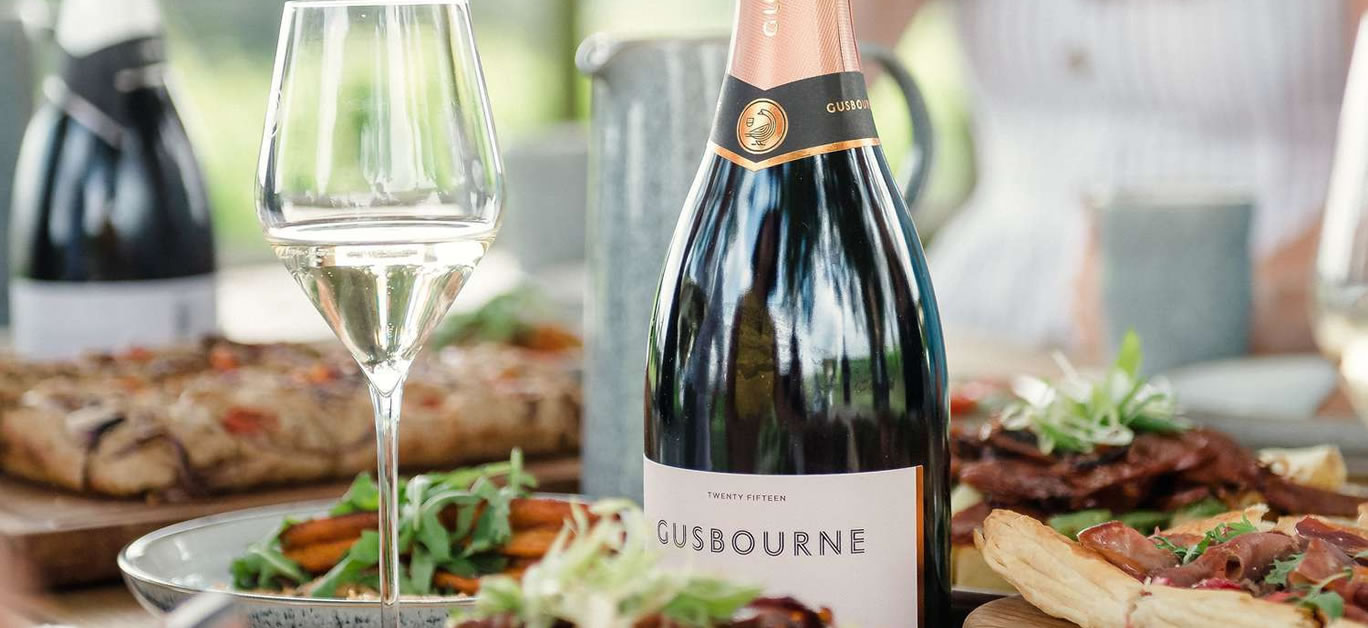If the English wine industry were a car, it would be a Jaguar. Fact. Gone are the days when it would be likened to something more akin to Del Boy’s Reliant Robin. If it were an actress, it would be Emma Watson: youthful, but already accomplished and still with a tonne of potential. It’s an incredibly exciting time for English wine, but what makes it suddenly so good? Why is it so expensive and which are the regions and the producers to look out for? Here’s everything you need to know about English wine with some fabulous bottles to seek out.
Why now is the time for English wine
Wine has been made in England for centuries, but the scene looks very different today than in the past. Even twenty years ago, you’d largely find still wines made from obscure grape varieties like Madeleine Angevine, Rondo and Bacchus that were traditionally grown here as they were the only ones that could ripen in the cool climate. While you can still find wines made with these grapes, there has been an enormous push in recent years to use more famous grape varieties that are known for making top class sparkling wine. These are Chardonnay, Pinot Noir and Pinot Meunier; the three grapes that are also used to make Champagne.
With global heating, temperatures in key regions during the growing season in England have risen just enough to make the all-important difference for ripening these higher value wine grapes. Couple this with the fact that the chalky soils of the south of England are almost identical in places to those of the Côte des Blancs in Champagne and you’ll understand why England has nailed the perfect recipe for world class sparkling wine.
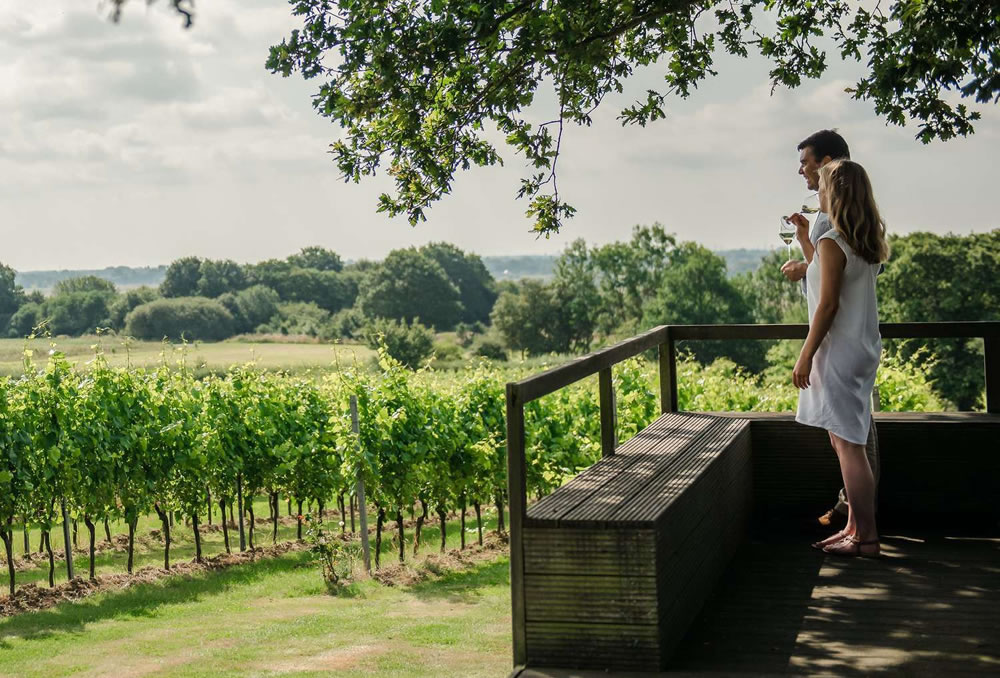
A booming business – facts and figures
Now that England has worked out what it’s good at production-wise, we have seen a boom in the industry. Just in the last ten years alone, England has seen a 200% increase in the area under vines with wine production between 2017 and 2018 literally doubled from 5.9 million bottles to 13.2 million thanks to incredible conditions throughout the 2018 growing period. The UK now has 164 recognised wineries and 628 commercial vineyards, producing wines of which 69% are now sparkling (the equivalent of 9 million bottles), with Chardonnay, Pinot Noir and Pinot Meunier leading the way as the top planted grapes.
76% of English wine production is focused around the South East, particularly Kent, Sussex and Hampshire, with 13% in the South West around Cornwall, Devon and Dorset. The rest of the British Isles are a little further behind with 4% in East Anglia, 1% in Wales and a smattering of wineries around England and Northern Ireland. In summary, this wine revolution is really about world class sparkling wines made with the Champagne grapes in the south of England, though increasingly, we’re seeing great still wines.
A tasting tour of English wines
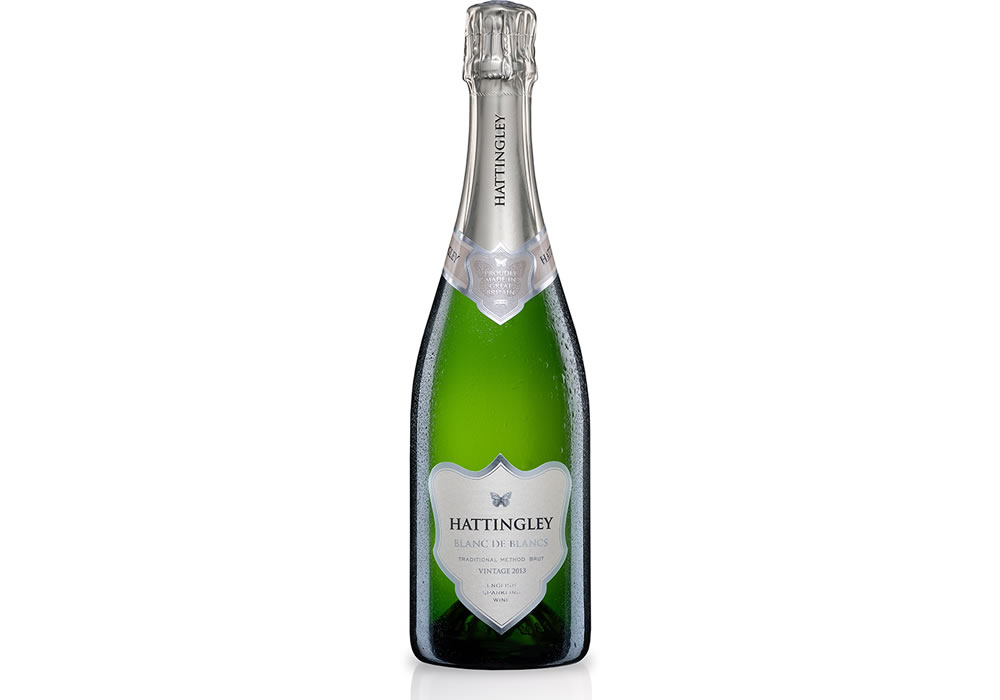
Here’s a selection of wines to seek out from producers you need to know about. These will give you a real flavour of what England can do:
Traditional method sparkling wines (the ‘Champagne’ style)
Top English wines are made like Champagne using what’s known as the ‘traditional method.’ This is where individual bottles of still wines have a sugar and yeast solution added to them and are resealed, allowing a secondary fermentation to occur within the bottle. This process creates carbon dioxide that dissolves into the wine and shows itself later as tiny, fine bubbles. Wines made like this need time before they are released and sit on the dead yeast cells (lees) during that time, giving the bubbly wine those much-loved biscuity, brioche aromas and flavours.
Given the time-consuming process needed to create these traditional method wines (not to mention storage costs) they will always be more expensive than still wines or sparkling wines made with other, quicker methods. Seek out these producers and wines.
Charles Palmer, Classic Cuvée 2013 (East Sussex)
A house pour at the famous Black Swan at Oldstead. Subtle, floral notes of honeysuckle and jasmine with exotic fruit and sweet spice on the palate. 50% Pinot Noir and Chardonnay.
RRP £25.65, charlespalmer-vineyards.co.uk
Camel Valley, ‘Cornwall Brut’ 2015 (Cornwall)
One of the original English wineries, these bottles have been served at many royal functions. The Cornwall brut has a quintessentially English hedgerow note thanks to 50% Seyval with the 35% Chardonnay and 15 % Pinot Noir. RRP £27.95, camelvalley.com
Hattingley Valley, Blanc de Blancs 2013 (Hampshire)
Blanc de Blancs fizz means 100% Chardonnay. Think refreshing citrus with white stone fruit and honey brioche. Properly classy. RRP £47.50, hattingleyvalley.com
Rathfinny, Blanc de Noirs 2015 (Sussex)
Blanc de Noirs fizz means it’s made with the red grapes. This wine is 65% Pinot Noir, 35% Pinot Meunier and has wonderful red fruit notes of wild strawberries and raspberries with a toffee apple finish. RRP £35.95, leaandsandeman.co.uk
Bride Valley, Rosé Bella 2014 (Dorset)
An English rose of a wine, mostly Pinot Noir with a splash of Chardonnay. Rich pink colour with crisp, red apple notes and a moreish saline finish. Incredibly drinkable at just 11.5% abv too! RRP £34.95, bridevalleyvineyard.com
Gusbourne Estate, Blanc de Blancs 2014 (Kent)
Charlie Holland at Gusbourne is rapidly becoming one of the most awarded winemakers in the country. This wine is sensational. Fleshy, baked apple notes topped off with lightly spiced pastry and a cool, saline core. Stunning. RRP £59, gusbourne.com
Charmat method sparkling wines (the ‘Prosecco’ style)
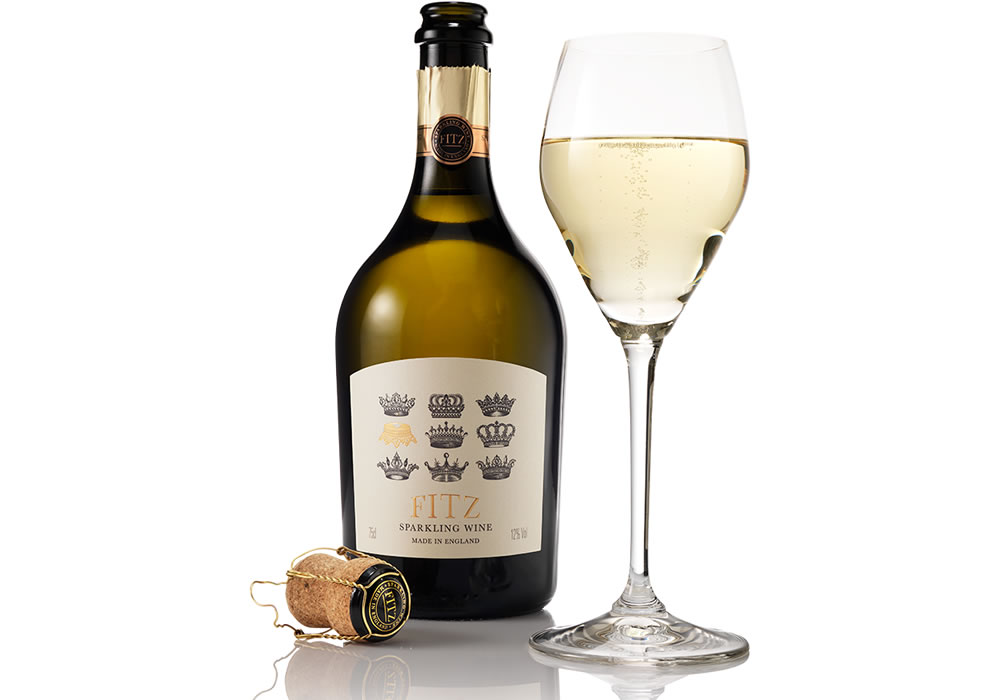
One of the reasons the famous Italian fizz Prosecco is so much cheaper than traditional method sparkling wines is because it’s made with a quicker, charmat or tank method. The difference here is that wines undergo their second fermentation in a large, closed tank instead of individual bottles and generally have a lot less contact with the lees. This gives a fresher, more fruit forward style with softer, larger bubbles that don’t keep their fizz quite as long as traditional method wines. It takes much less time and is therefore a cheaper way of making fizz. Not many English wineries make charmat method wines, but here are some goodies.
Kingscote, Brut, 2018 (Sussex)
Kingscote Estate have just released some fabulous sparklers made with the charmat method. The white is made with Bacchus, Pinot Meunier and Chardonnay and the rosé, with a splash of Regent. Lots of nettle and hedgerow notes here. Fabulous value for money. RRP £18 each, dulwichvintners.co.uk
Flint Vineyard, Charmat Rosé 2018 (Norfolk)
A unique fizz, this rich, pink sparkler is particularly aromatic thanks to its blend of ‘other’ grapes: Solaris, Bacchus, Reichensteiner and Rondo. Barrel ageing also makes this wine feel more like a red. Cherry, chocolate and red fruit compote. Delicious. RRP £23.95, bbr.com
Fitz Sparkling White, NV (West Sussex)
The first English producer to create a fresher style of fizz using the charmat method, Fitz white is made from a blend of Chardonnay, Seyval Blanc, Reichensteiner and Madeleine Angevine. Very light, aromatic and fruity and exceptionally easy to drink. RRP £22, fitz.wine
Still wines
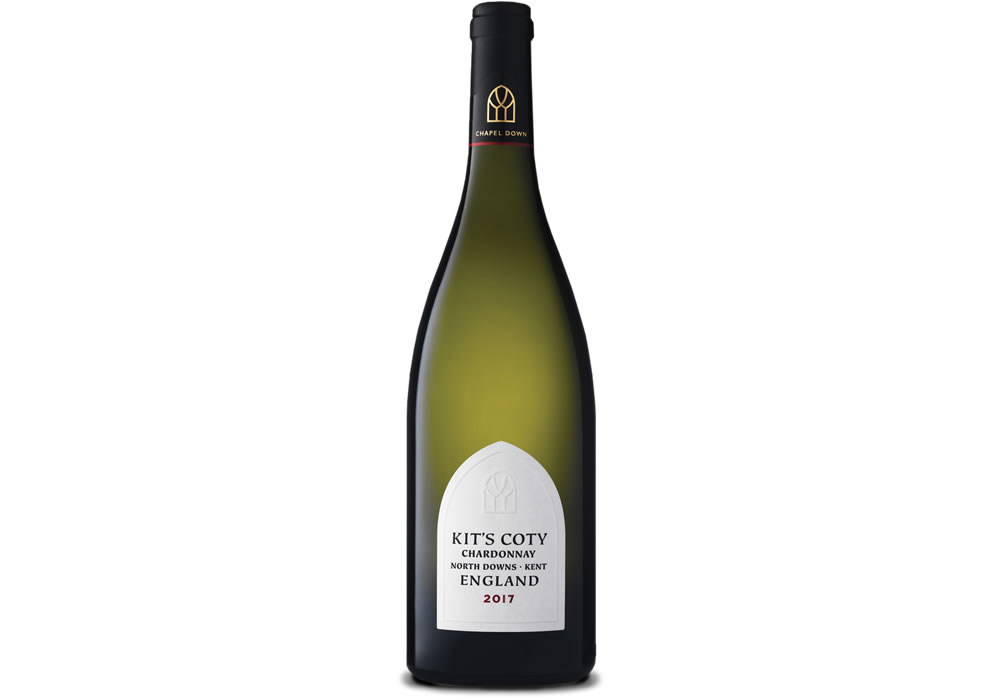
Currently, only 31% of English wines are still and to date they haven’t been much to shout about in all honesty. A handful of producers are stepping up the quality, however. Here are some fabulous, English still wines to complete your tasting tour. Cheers!
Danebury Vineyards, Madeleine Angevine, 2011 (Hampshire)
A quirky, distinctive still white wine with refreshing, leafy notes. Old school! RRP £12.95, danebury.com
Chapel Down, Kits Coty Chardonnay 2017 (Kent)
Exceptional, pure and golden Chardonnay made with grapes from a single vineyard. If you love white Burgundy, you’ll enjoy this. RRP £30, chapeldown.com
Simpsons, Rabbit Hole Pinot Noir 2018 (Kent)
Stunning Pinot Noir with a Burgundian hint of spice, earth and cherry compote. Cool and elegant. Wow! RRP £26, simpsonswine.com
Gusbourne, Boot Hill Pinot Noir, 2016 (Kent)
Silky smooth, richly fruited red with notes of plum and morello cherry with a creamy texture. A serious red that will age beautifully.
RRP £32.50, Waddesdon.org.uk












